On the morning of January 18, with 432/477 delegates present in agreement, the National Assembly passed the draft revised Land Law, finalizing 32 cases of land recovery for socio-economic development.
The draft revised Land Law has 16 chapters and 260 articles, effective from January 1, 2025.
According to Article 79, the State shall reclaim land in 32 necessary cases to implement socio-economic development projects for national and public interests. This is to promote land resources, improve land use efficiency, develop modern socio-economic infrastructure, implement social security policies, protect the environment and preserve cultural heritage.
Specifically, the State may reclaim land to build transport works; irrigation works; water supply works; waste treatment works; energy works; public lighting works; oil and gas works; postal and telecommunications infrastructure works; traditional markets and wholesale markets; beliefs and religions; public entertainment and recreation areas; community activities; headquarters of agencies of the Communist Party of Vietnam , state agencies, the Vietnam Fatherland Front; headquarters or representative offices of public service units under agencies of the Communist Party of Vietnam , state agencies, and socio-political organizations.
The State also reclaims land to build cultural facilities, historical relics; medical facilities, social services; education and training; physical training and sports facilities; science and technology; diplomacy; environmental treatment, biodiversity conservation, meteorology, hydrology, registration, quarantine of animals and plants; social housing projects, housing for the people's armed forces; industrial park and industrial cluster projects; high-tech zones; concentrated agricultural, forestry, aquatic and seafood production and processing zones; sea encroachment activities; mineral exploitation; projects in the vicinity of traffic connection points.
The remaining cases of land recovery are investment projects to build urban areas with mixed functions; cemeteries, funeral homes, crematoriums; above-ground works serving the operation, exploitation, and use of underground works; projects approved by the National Assembly and the Prime Minister, and investment policy decisions have been made. In cases where land recovery is for the implementation of projects and works for national and public interests that have not been regulated, the National Assembly will amend and supplement this Article according to the simplified procedures.
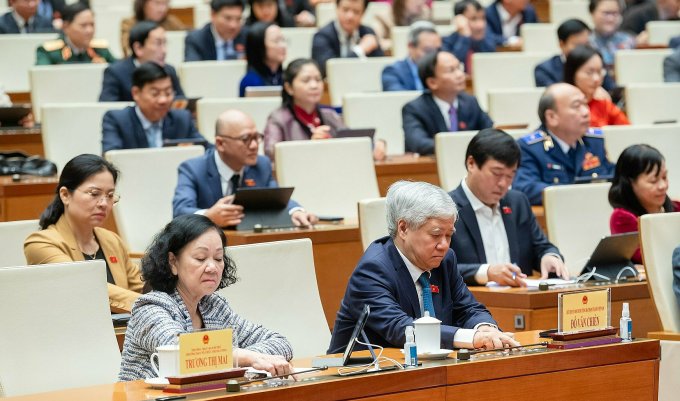
Standing member of the Secretariat, Head of the Central Organization Committee Truong Thi Mai and Chairman of the Central Committee of the Vietnam Fatherland Front Do Van Chien press the button to approve the revised Land Law. Photo: National Assembly
In the previous report on the acceptance, Chairman of the Economic Committee Vu Hong Thanh said that some delegates proposed to regulate the land price list every 5 years as in the current law and adjust the coefficient K every year if there is a fluctuation. However, the Standing Committee of the National Assembly said that this is a content that has been carefully studied by the agencies. According to the provisions of the 2013 Land Law, the land price list is regulated every 5 years and must be adjusted and supplemented in case of fluctuations in market land prices. However, in reality, there are very few cases of land price list adjustment during the application process, leading to the land price list not accurately reflecting the actual land price on the market.
"The law stipulates the issuance of annual land price lists to ensure that they closely follow actual market developments and expand the scope of application of land price lists," said the Chairman of the Economic Committee. The provincial People's Committee is responsible for submitting to the People's Council of the same level for decision on adjusting, amending and supplementing the land price list for promulgation and application from January 1 of the following year or adjusting, amending and supplementing within the year.
Regarding land valuation, some opinions suggested removing the surplus method, but the National Assembly Standing Committee said that the agencies had carefully considered and reached a high consensus on continuing to regulate this content. In the context of Vietnam's developing economy, the use of the surplus method based on future value estimates is necessary because there is no available information on similar projects that have been formed and traded to apply other valuation methods.
Source link


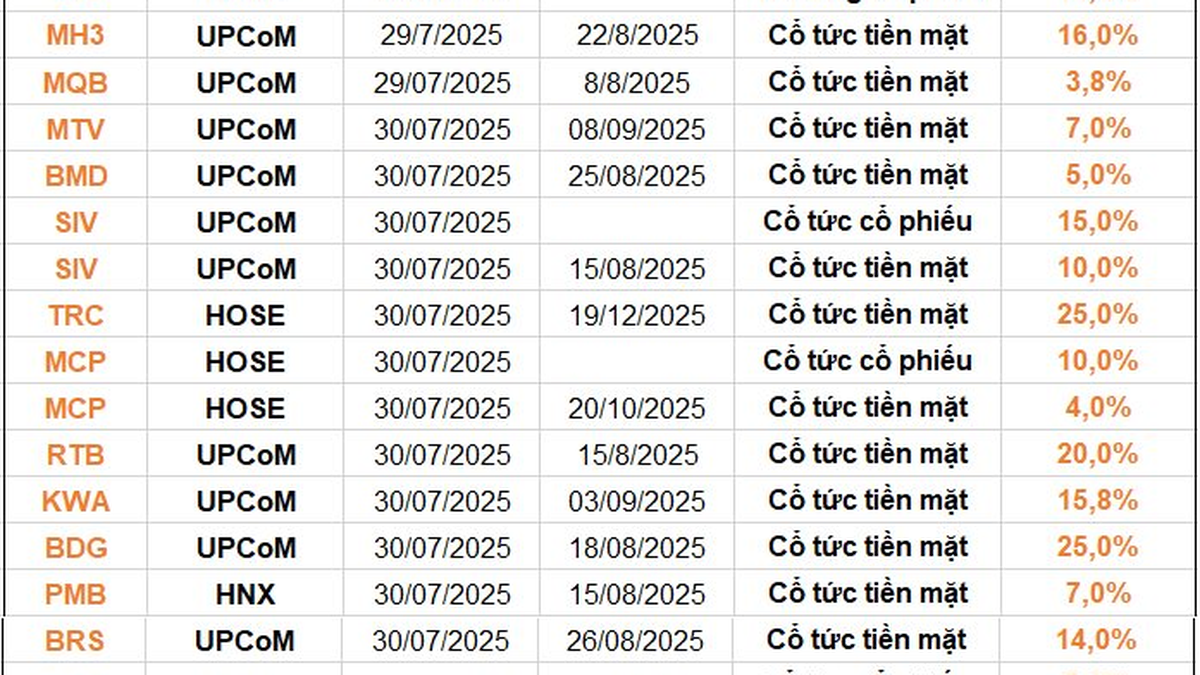
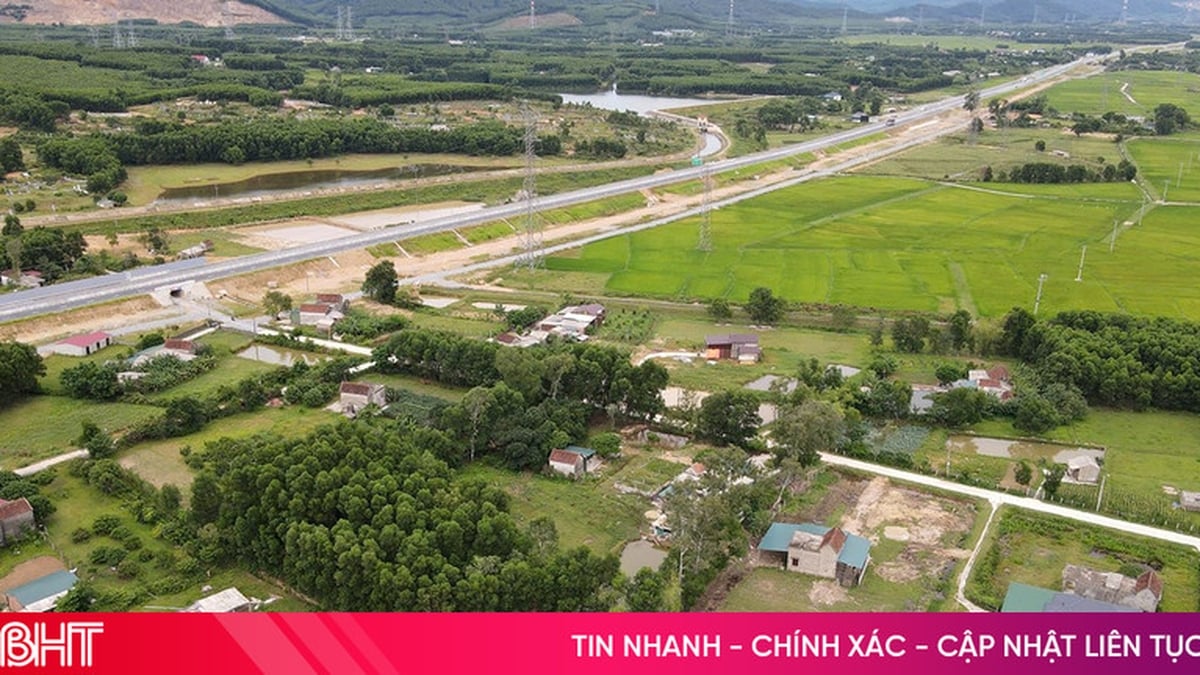
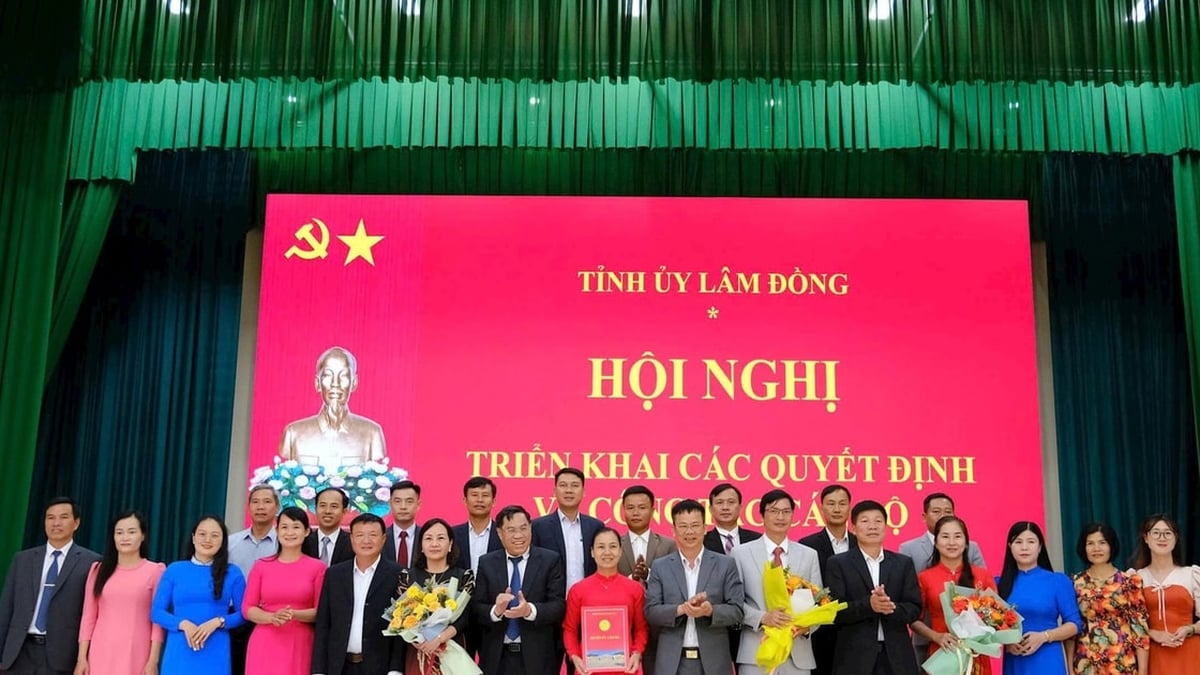
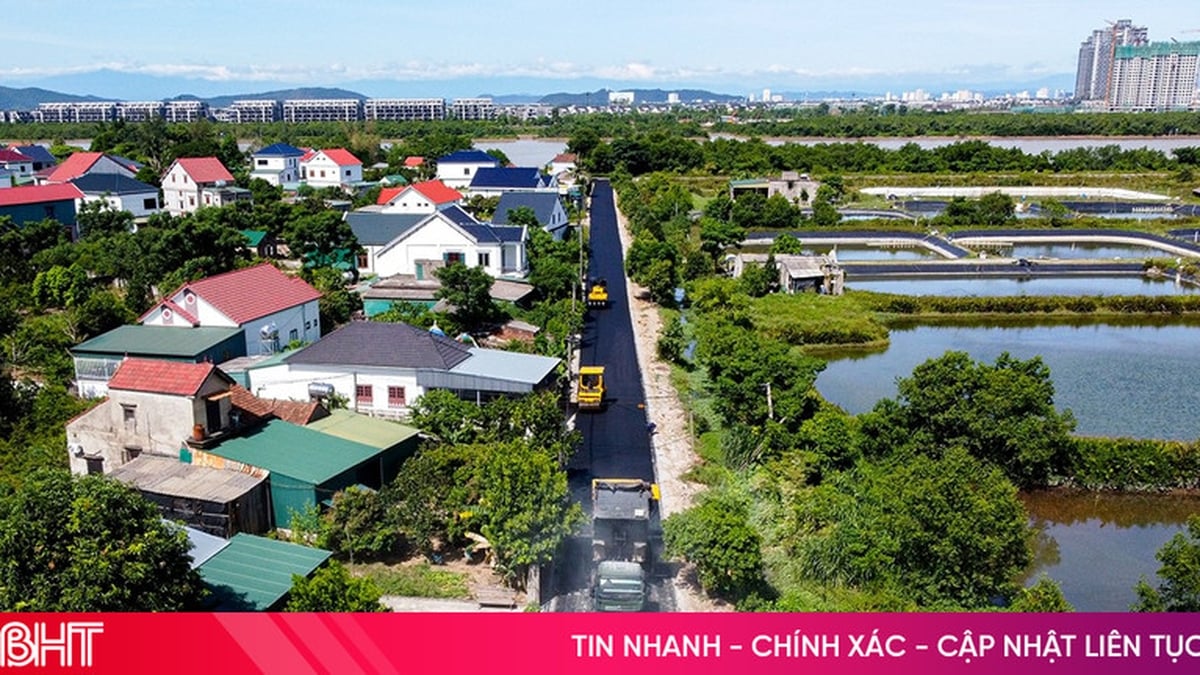
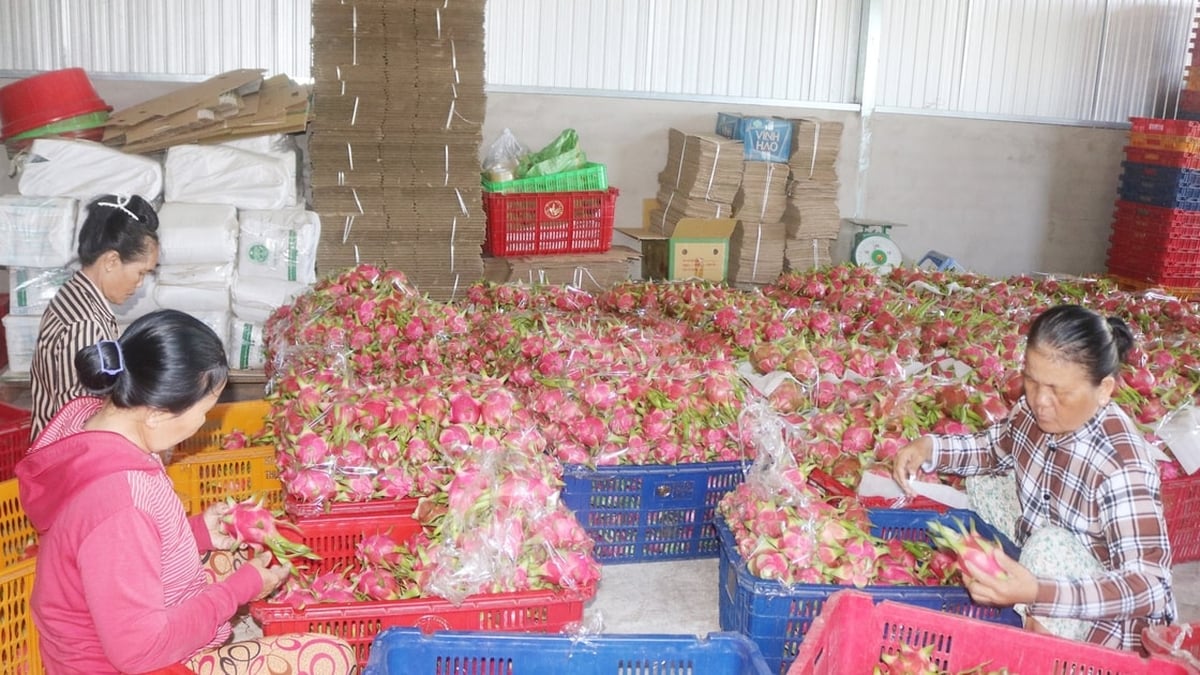
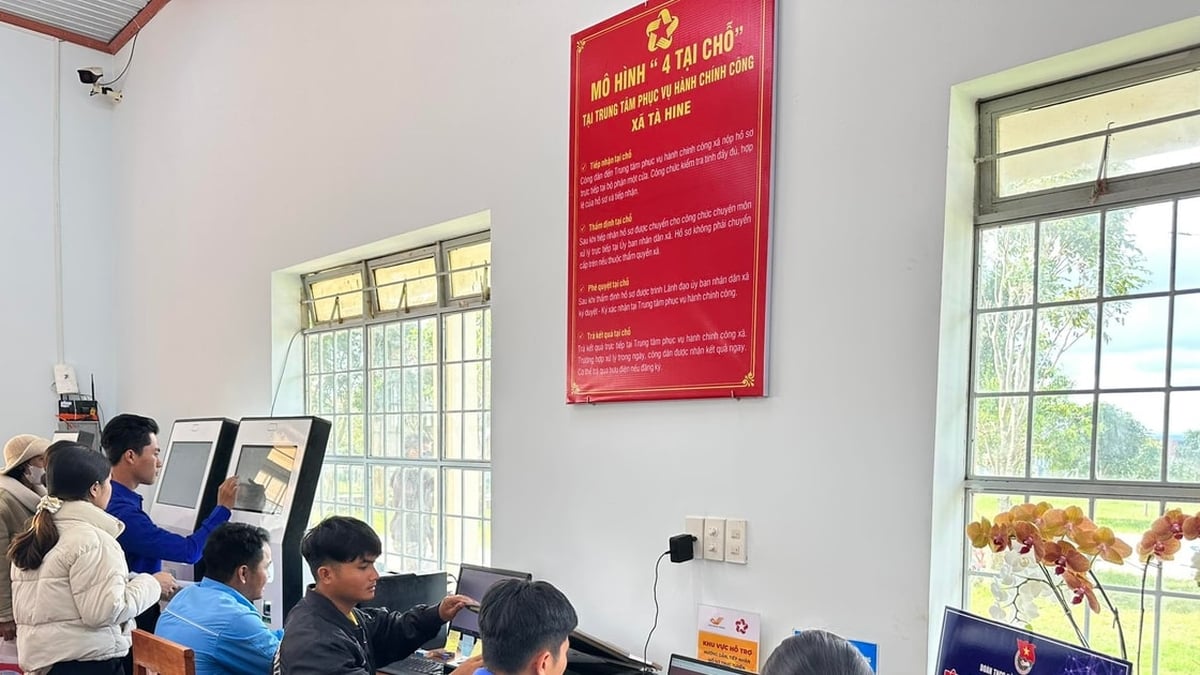
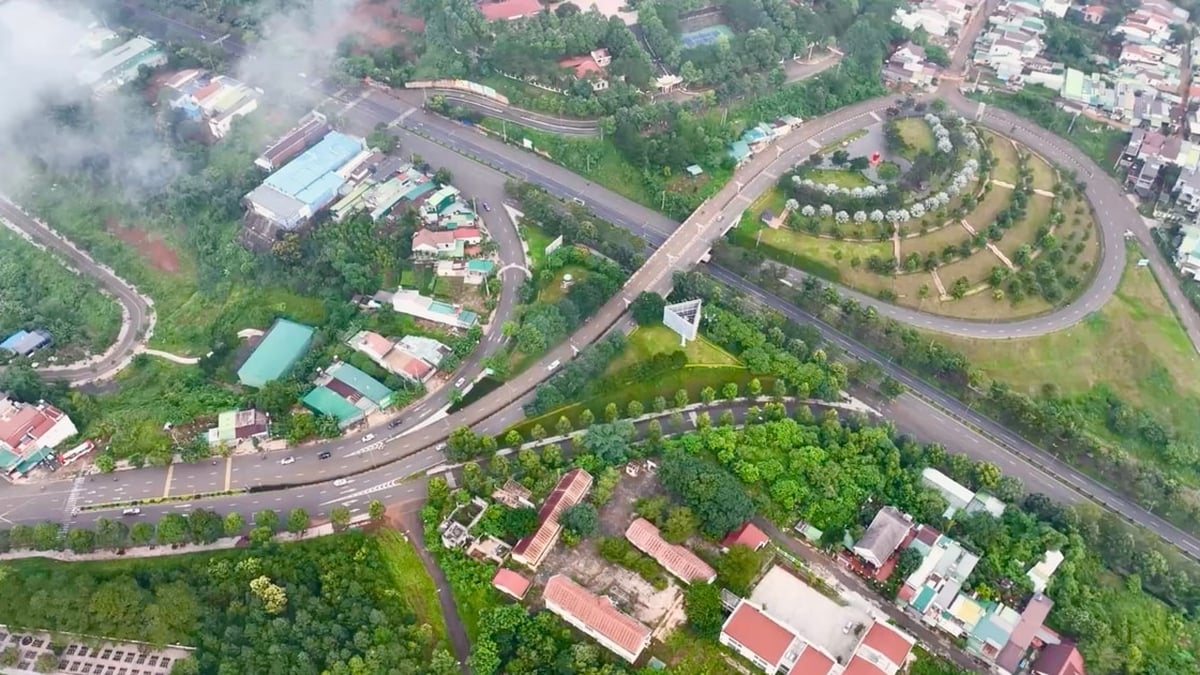
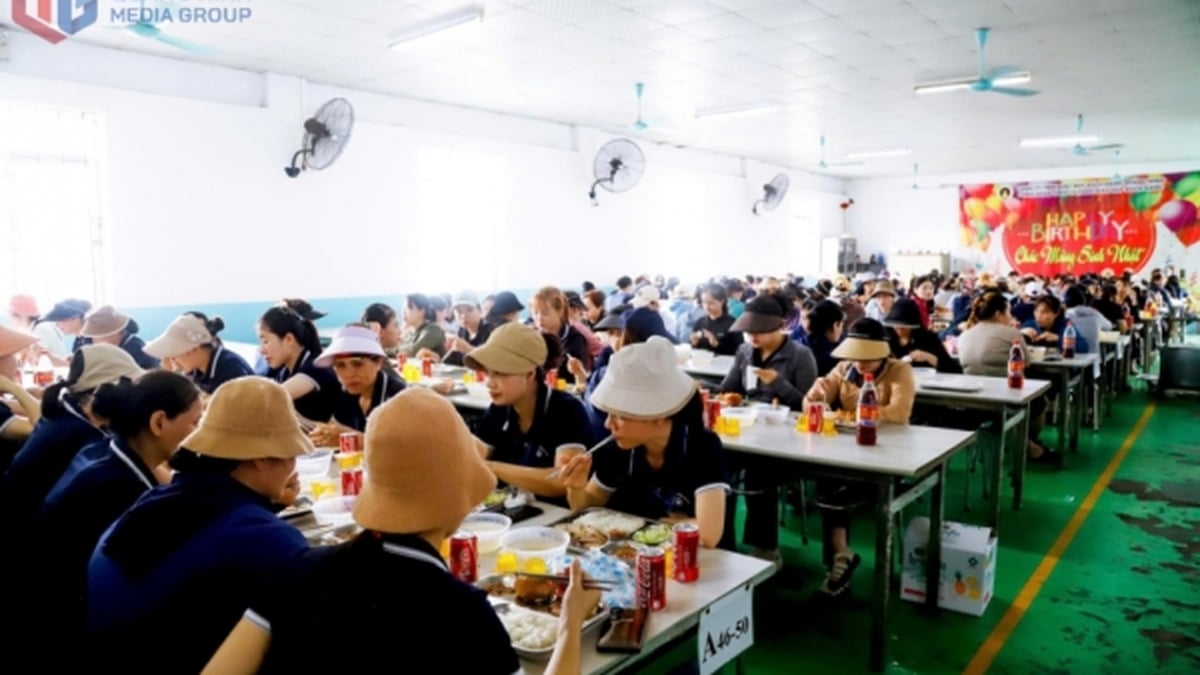

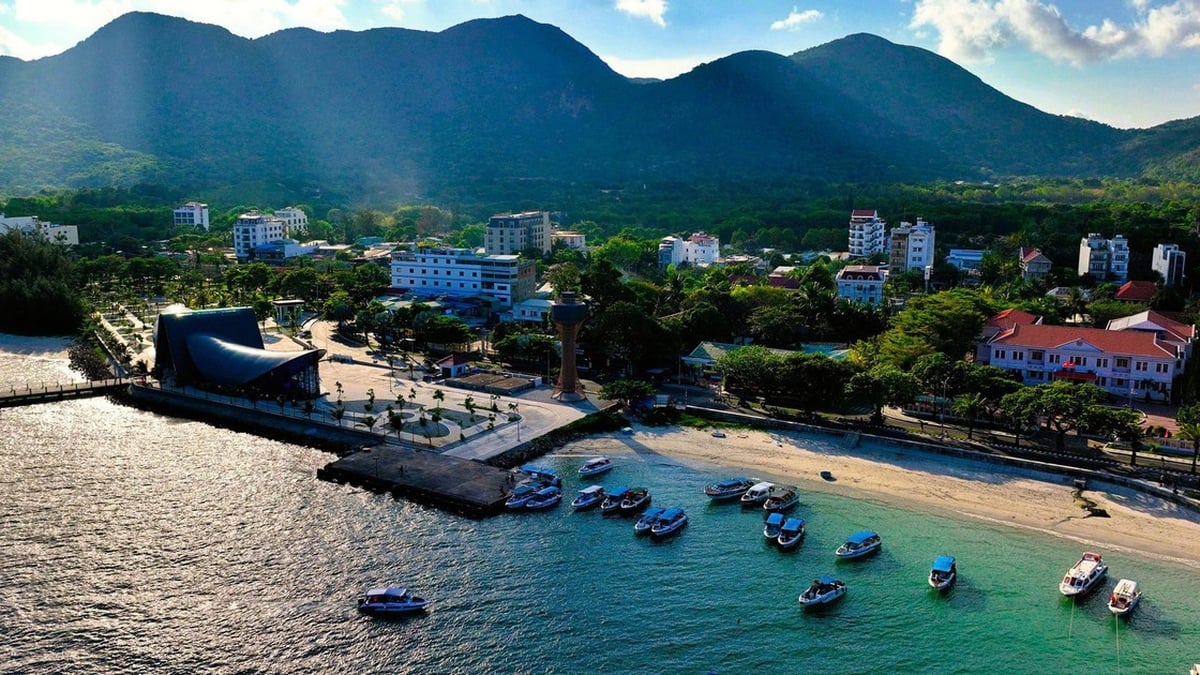























































































Comment (0)